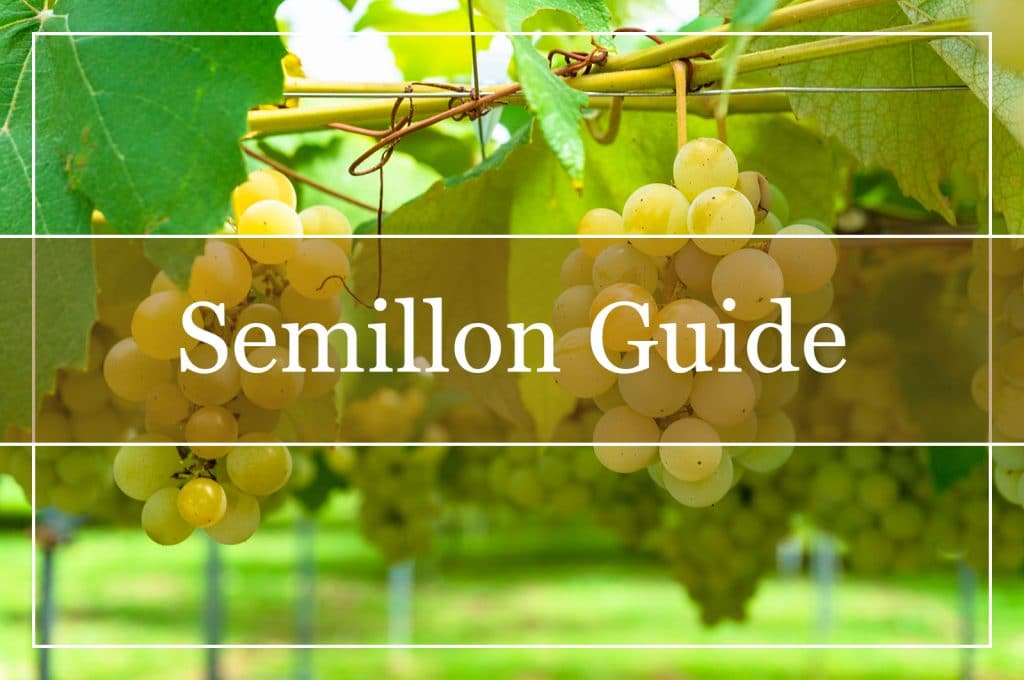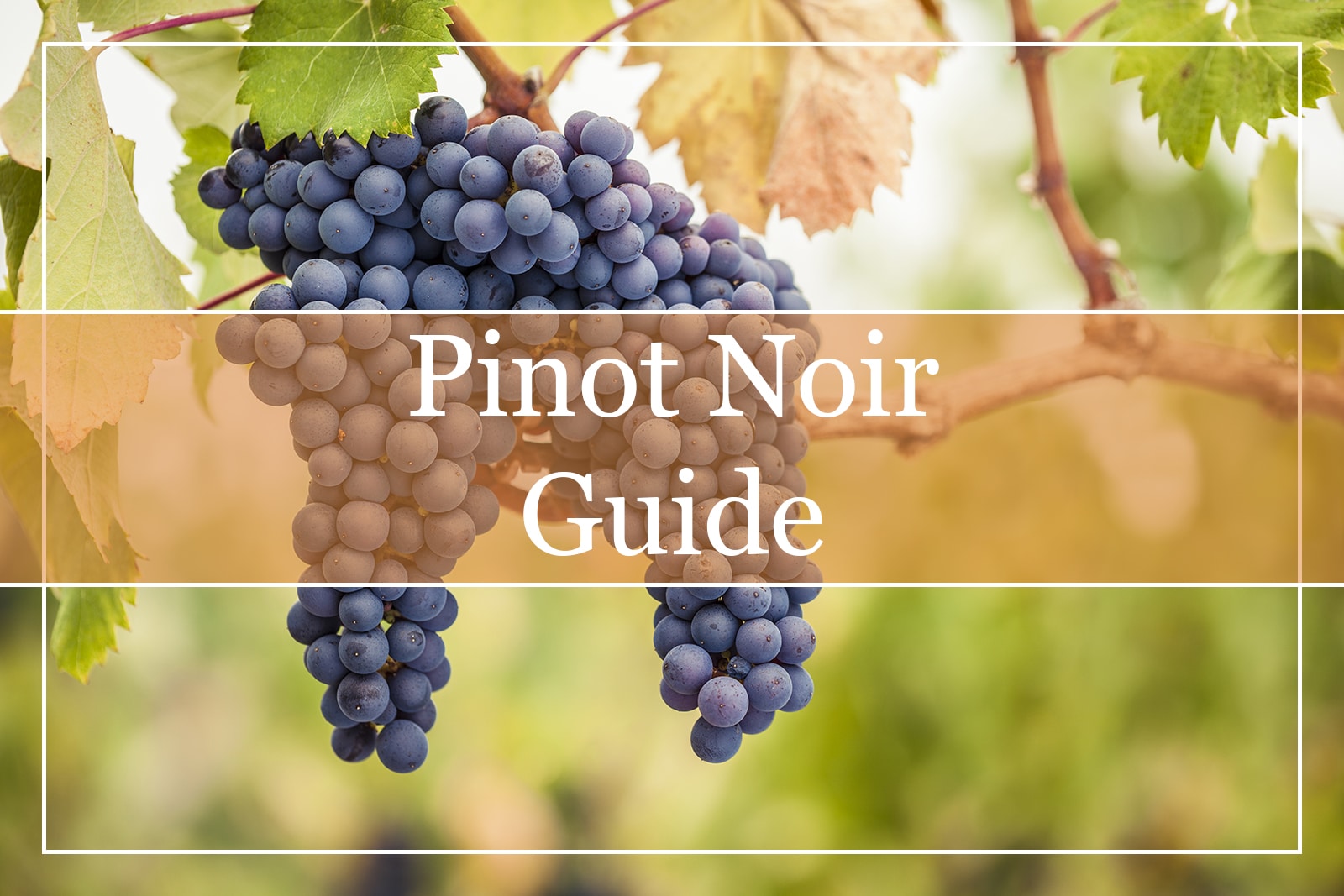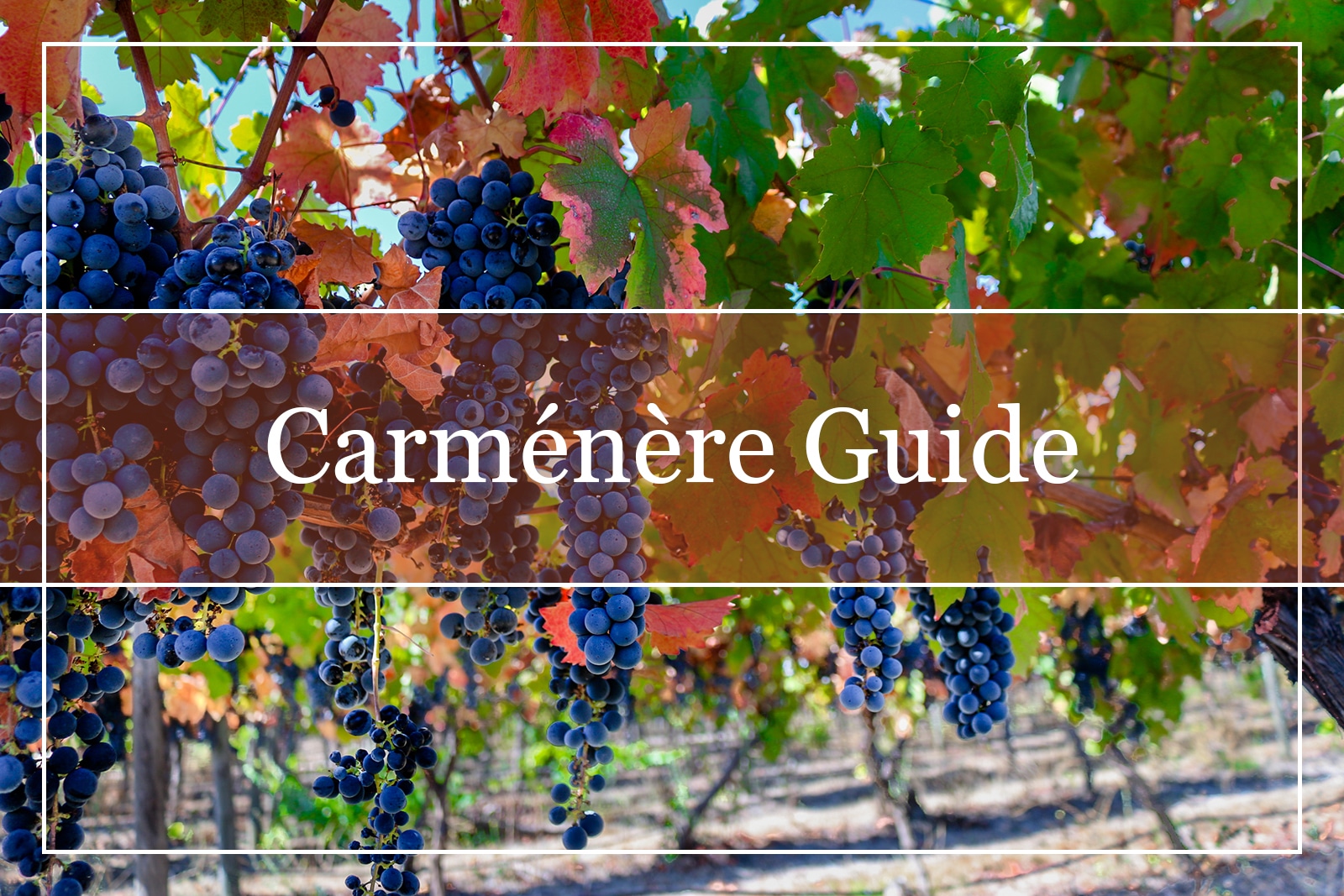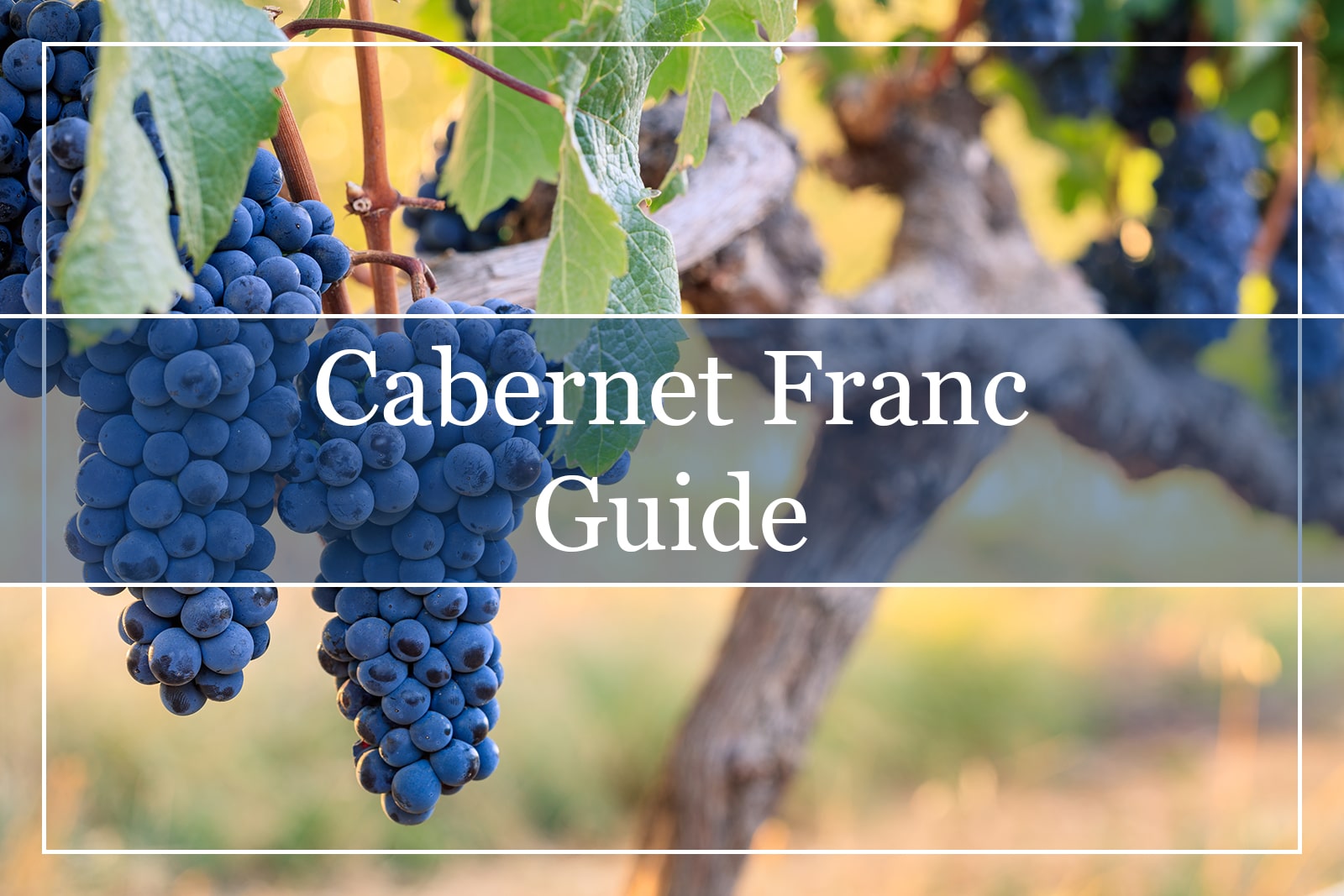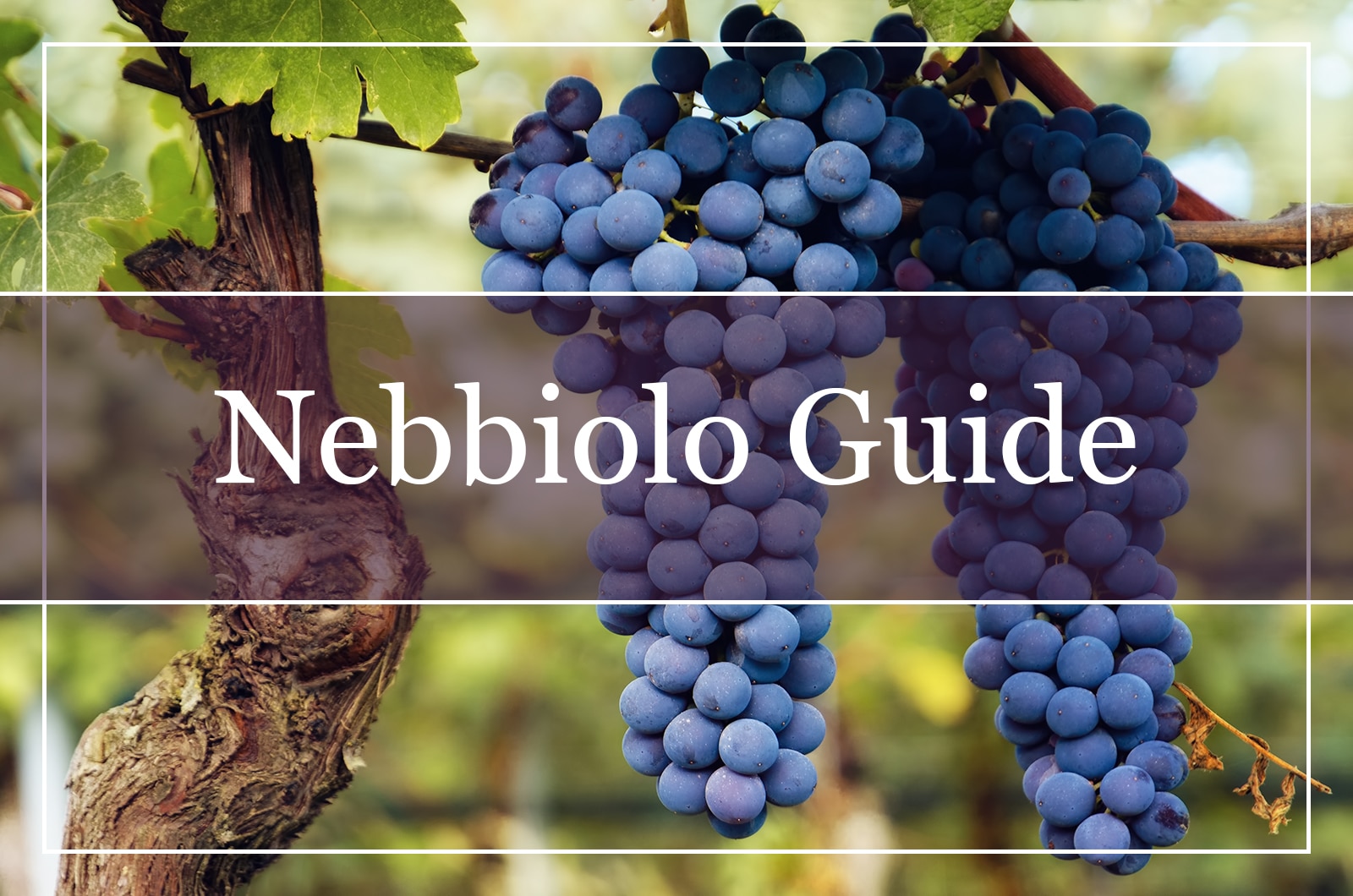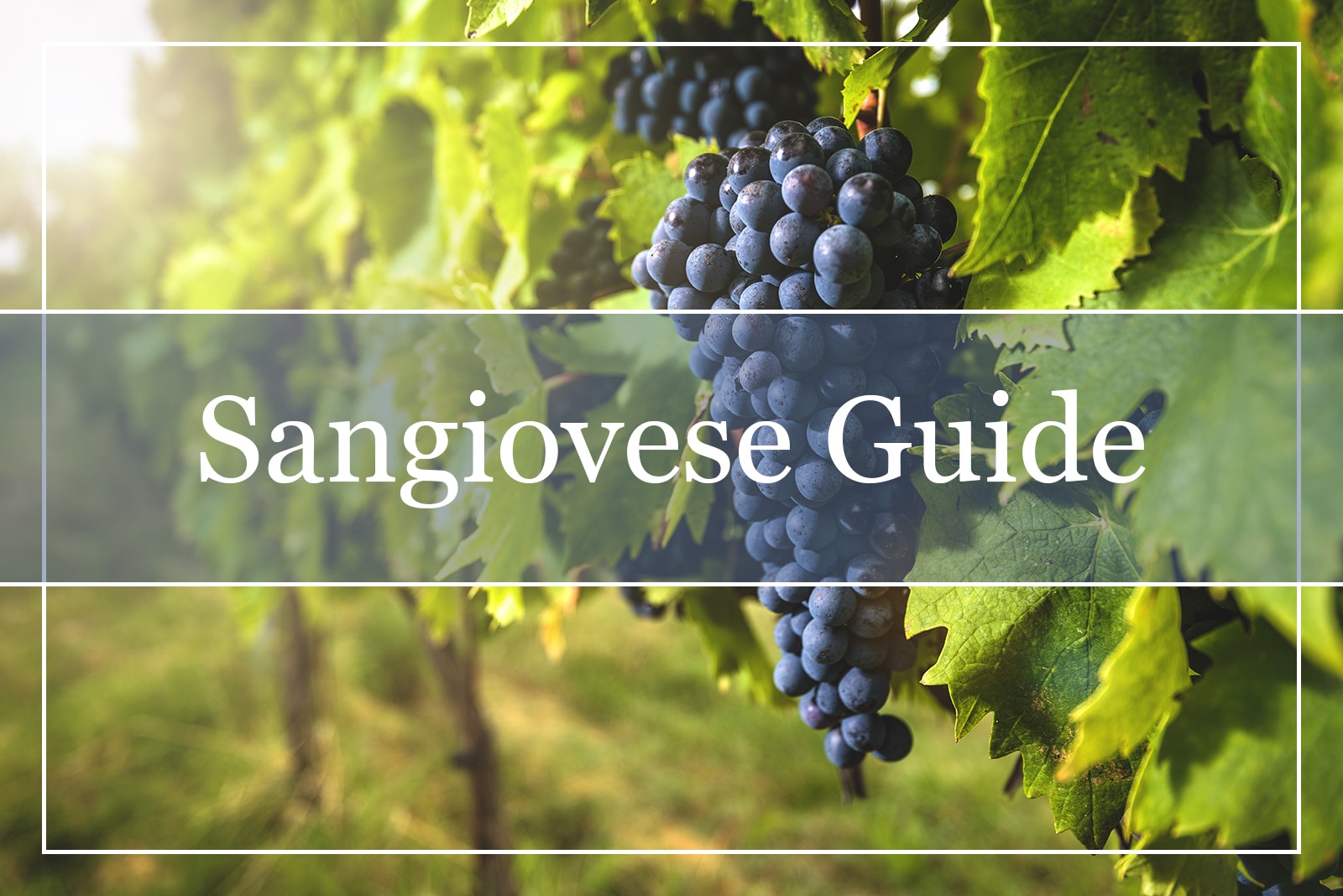What Is Semillon?
Common Semillon characteristics are simplicity and purity, especially when they are young. Depending on where the vineyards are situated, you can find some that are more full-bodied and fruitier, or with herbal hints. Typically Semillon wine has high levels of acidity and low alcohol content and that gives this white wine a unique penchant for longevity. So, being light and flavorsome, Semillon wine variety is easily matched with many food styles and tastes.
Some Interesting Facts about Semillon
Semillon is one of the base wines used for blending in the Bordeaux region of France. They use it in the production of their renowned dessert wines, like Sauternes that also includes the ingredient called Noble Rot.
The skills of the winemaker can be shown off in the production of Semillon. It can take on many different characters and flavors depending on whether it is oaked or unoaked. The flavor can be tweaked to any place on the scale from dry to sweet, and somewhere in between.
The ideal growing conditions for Semillon are warm and sunny, but the grapes can become sunburnt if they are over-exposed to harsh sunshine. Great care has to be taken to prevent this from happening in countries like South Africa and Australia, where the grape has grown in popularity.
China has surprised the wine world by starting to make Semillon wines.
This white wine is admired for its full body and delicious flavors. In America, it is usually found in the top price range and Semillon is considered one of the most popular wines in countries around the world!
There is a considerable difference in the taste of Semillon from hot climates to that of the grapes grown in cooler climes. Hot climate Semillon has tropical fruit flavors like ripe mango, yellow peach, and papaya. They are often given a light oak aging period to add delicious buttery notes, and the alcohol is normally a little above average at around 12-14% ABV. The top regions for growing this type of Semillon are California, South Africa, Argentina, and South Australia. Semillon from cooler climates tend to have less acidity and taste quite a lot like a Sauvignon Blanc. The grapes are picked before they are fully ripe and this results in more citrus flavors. Winemakers of this Semillon, traditionally do not age their wines in oak, and so the flower aromas are more prevalent. Try the Semillon from Bordeaux, Hunter Valley Australia, and Washington State for a sample of this uniquely flavored white wine.
What Color Is Semillon?
The Semillon grapes are usually an intense golden color that evolves into a pinkish color when they have been left to extend their ripening on the vine. The white wine that results has a typical rich golden yellow Semillon color that is easy to recognize. The color of Semillon may also develop deeper amber hues if they have been oak-aged, especially in the hot climate Semillon.
What Does Semillon Mean?
It is thought that the meaning of Semillon comes from French dialects such as Old Provençal (semilhoun/ semilhar) and the Latin word for seed (seme) and means “to sow”. Semillon is the name of the white grape that is used to make this white wine, as well as being a blended ingredient in the famous Sauternes dessert wine of France.
How to Pronounce Semillon?
Being a French grape, the pronunciation of the name of this white wine is a bit complicated. There are three syllables and it is important to remember that the French do not pronounce “ll” like the first letter of “lemon” in English. They also put more emphasis on the first syllable as that is where the “seed” part of the meaning features. You can see this in the French spelling – Sémillon. The generally accepted Semillon pronunciation in English is sem-mee-yon.
If you are still not feeling confident about the pronunciation of this wine, take a listen to one of the many available online examples, and you will soon be ordering this delicious white wine like an expert.
Where Does Semillon Come From?
The explosion of popularity of this wine in New World countries like Australia could lead you to believe that they created this wine. This is far from the truth and far from the birthplace of this grape. The Semillon grape is native to Bordeaux, France. In the region of Graves, the famous Sauternes is produced using Semillon that has been infected with botrytis that helps to concentrate the sugar in the grape and results in an expensive dessert wine. The ideal climate of this region of France produces the perfect Semillon grapes that are needed for this wine. It enjoys long, hot summer days with cool breezes and humidity that come from being in the vicinity of the Garonne River.
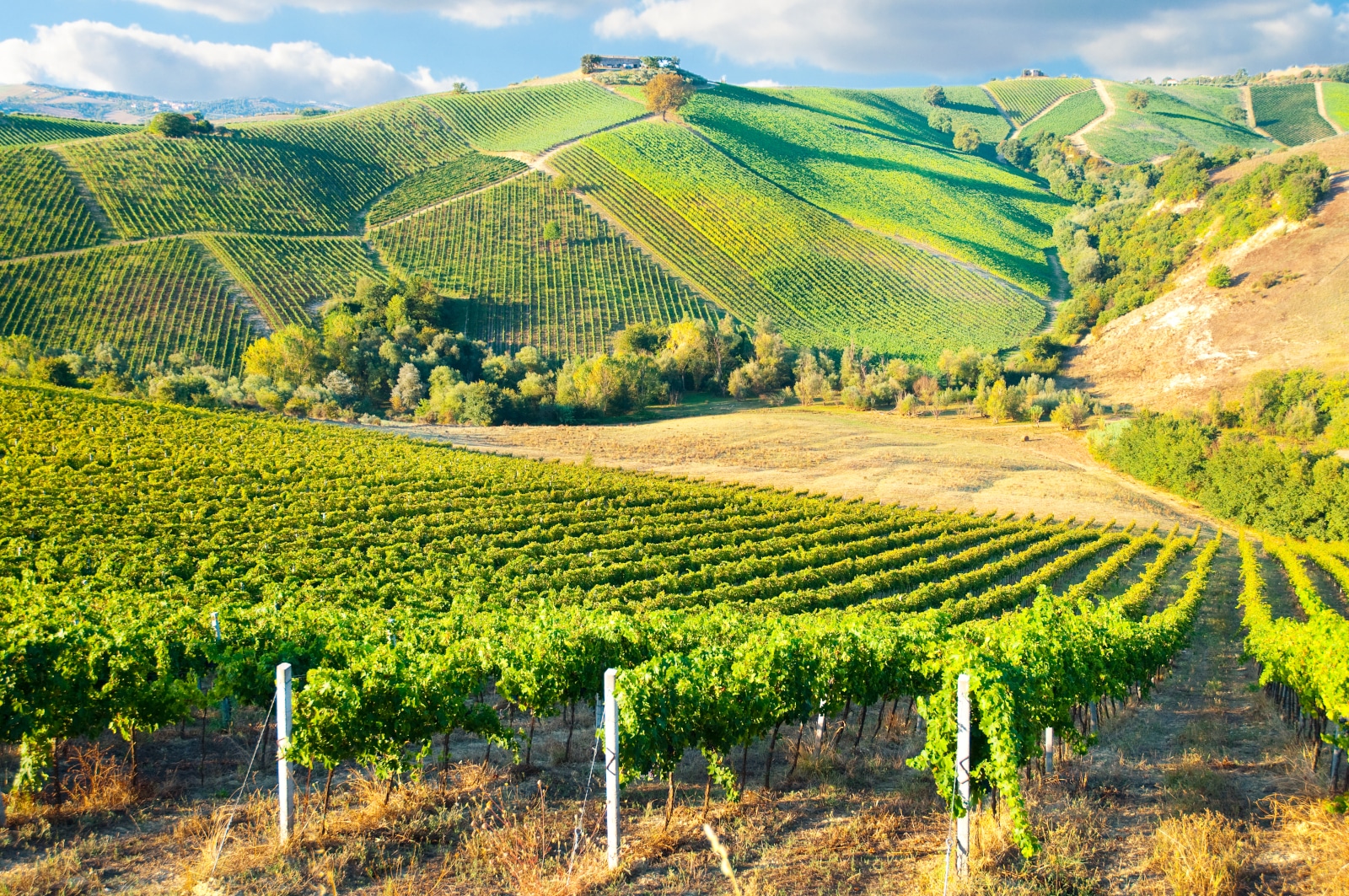
Semillon Loves Australian Soil
The Australian version of Semillon is grown in the Hunter Valley, Margaret River region, as well as in Tasmania. Here they produce this white wine with the characteristics of high acidity and fresh, youthful flavors that are ideal for mellowing in oak barrels.
Semillon Also Loves American Soil
California and Washington State also have the ideal growing conditions and terroir for Semillon grapes. Most surprising of all is the good quality Semillon that is now coming out of China, and the people of Asia have acquired a taste for this delicious wine so it keeps growing in popularity.
What Kind of Wine Is Semillon?
Sémillon is a white wine grape variety from the Bordeaux region in France. Sémillon is primarily a blending grape, but it is also used in varietal wines and can be either sweet or dry.
Because Semillon comes in so many different guises on the range of white wines, it is difficult for less informed wine lovers to feel confident about serving it.
When blended it forms an important part of some of the most celebrated wines in the world, but on its own, it can be quite a shy, humble wine. It is certainly an interesting dry white wine and it can seem completely different depending on which hemisphere it has been produced in.
It is certainly a delicious wine that should be introduced to more wine drinkers and they are sure to be impressed with its aromas and flavors. Semillon can be low in acidity with a rounded mouth, or it can be high in acid and alcohol levels. It is a type of wine that can vary greatly and it is recommended that you shop around and try different types until you find the Semillon that suits your palate and then there is no going back!
Is Semillon Dry or Sweet?
Semillon can be a dry white wine or a sweet wine depending on how it is made, and that is what makes it unique. It is very particular about the climatic conditions and terroir it will grow in to become a top-quality wine. It is often used in blends but can be a delicious stand-alone variety. There is much to choose from in the range of flavors that Semillon has to offer.
What Does Semillon Taste Like?
The Semillon Aroma
You can expect a wide variety of fruity aromas from a Semillon wine. You can expect any of the following smells on the nose: Lemon, Lime, Yellow Grapefruit, Citrus Zest, Apple, Pear, Green Papaya, Peach, and Mango. Some Semillons will have herbal notes, floral hints, and deep mineral and earthy flavors such as waxy lanolin and hay. If the Semillon has been aged in oak you can expect all the usual flavors that occur in the oak barrel such as Butter, Pie Crust, Cream, Dill, and Popcorn.
Semillon Taste
Always bear in mind that Semillon can present flavors in different ways, and depending on the region that it is grown in, the Semillon flavor profile may range from zesty, palate-refreshing wine like a Sauvignon Blanc to a buttery, creamy palate similar to a Chardonnay. Semillon tasting notes caution that you need to “Be prepared to be surprised!”
A dry Semillon will have hints of lemon, apple, stone fruit, white florals, and beeswax. Sweeter types of Semillon are usually more richly textured and will display layers of honey, floral notes, and lanolin. An aged Semillon takes on a golden color and with that comes a change in flavor. You can expect a more mellow palate with the zesty flavors of a young Semillon having been tamed by the process of aging, and the aromas of freshly toasted bread will emerge from the glass.
How To Serve Semillon?
Because this white wine comes in different styles it is important to get the temperature to serve Semillon just right. For a dry, unoaked variety you should serve it at around 45 ºF (8 ºC).
A sweeter, oaked version is best served at about 52 ºF (11 ºC).
This type of wine is best served in a white wine glass with a smallish bowl. For sweeter versions of Semillon, the rim should be quite small so that the wine is guided towards the center of the palate.
How Long Should Semillon Breathe?
White wines like the sweeter, oaky versions of Semillon can benefit from aeration. This is because they contain tannins that are similar to those found in red wines. It is not usually a requirement to allow white wines to breathe, and aeration can cause a decline of aromas in very delicate white wines. It is a case for trial and error when determining whether to decant and aerate your bottle of Semillon. You may find that exposure to oxygen releases the bouquet and make the taste of the wine more enjoyable. Nothing more than half an hour of aeration is recommended, and it is up to your personal taste in this matter.
The age of the Semillon, as well as the length of time that it has been oak-aged, will be important factors to consider whether to let the wine breathe.
What Food to Pair With Semillon?
Many “foodies,” think that Semillon is unfairly underrated as wine to be paired with food, and I would agree that with its diversity and range of flavors, it can be considered a match with a wide range of foods.
With many Semillon wines being full-bodied and textured, means that they are able to stand up to food with hearty flavors. While the crisp, zingy varieties work exceptionally well with the flavors of rock oysters, sashimi, or scallops. This allows a wide scope for Semillon food pairing especially with Asian, Indian and Italian cuisines and those using strongly-flavored herbs.

Meat And Fish Pairing
A glass of Semillon will pair beautifully with light meat such as chicken, pork, turkey, and duck. It is also great with salty ham or rich Foie Gras. Try Semillon with a range of fresh fish including Trout, Arctic Char, Catfish, Red Snapper, Grouper, Skate, Cod, or Hake. Smoked fish like haddock is also delicious, as are pickled herrings and succulent lobster.
East Meets West
Asian cuisine is particularly well-suited to Semillon. I have tried it with Japanese sushi and it works well especially with the ginger spices. Mild, creamy coconut curries are also enhanced by a sip of Semillon.
Vegetable Pairing
You can prepare your vegetables virtually any way you please and they will taste great with a glass of chilled Semillon. Roasted Mediterranean vegetables, spiced or stewed butternut squash, Carrots, Bell Peppers, Onions, leeks, and potatoes are all delicious options. Also, try salads with citrus dressings and nuts in the recipe.
Herbs and Spices with Semillon
Some of the more unusual spices like Star Anise, Saffron, and Cilantro will spring to life in dishes that are served with Semillon. Italian and Indian cuisine often include Coriander, Clove, Cinnamon, Fennel, Turmeric, Dill, Chive, Shallots, and Thyme, and they will not be daunted by this white wine.
Semillon Cheese Pairing
It will come as no surprise to learn that Semillon pairs beautifully with many types of cheese. Feta or any goat’s cheese is to die for and the rich flavors complement each other perfectly. Compté, Gruyere, and Cheddar will not be too shabby on the flavor front when paired with Australian Semillon in particular.
Pair Sweet Semillon with Creamy Cheeses
Remember that cheeses that have white molds such as Camembert and Brie are particularly good with sweeter varieties of Semillon will partner well with Semillon, particularly those sweeter varieties.
Pairing Semillon with local South African, Chilean, and Argentinian cheeses could be an interesting investigation and a taste adventure worth embarking on.
The rich, sweet variety of Semillon is made to work well with lush desserts, especially one’s like cheesecake that is thick and creamy. I have it on good authority that it is particularly delicious with salted caramel ice cream, but don’t take my word for it, have a try for yourself!
How Much Alcohol Does Semillon have?
Because Semillon wines vary so much it is difficult to be exact when it comes to the general Semillon alcohol content. The region in which the grapes have grown and how the wine has been produced, are factors that influence the alcohol levels. Semillon wines from warm regions tend to be less acidic and have 12% ABV, whereas more acidic Semillon with under 12% ABV is usually derived from cooler regions. It is rare to find a Semillon that exceeds the 12% alcohol level.
How Many Calories Are There in Semillon?
In a 148 ml glass of Semillon, you can expect to find 121 calories. The carbs in the same size serving of Semillon amount to 4.6 grams. Although most of the calories in Semillon come from alcohol, this dry white wine compares favorably on the calorie front to some of the sweeter, white wines that are available.
Conclusion
Next time you are served a straw-colored white wine, I sincerely hope that it is a Semillon. White wines with such an unbelievably broad range need to be tried and tested. Surely, its reputation and pedigree should speak for themselves, and there is a reason why Semillons are amongst the most popular and expensive white wines in the world.
It is worth trying Semillon from its native France where it is called a cool-region varietal and then comparing the warm-region varietals from Australia, South Africa, and California to find out which type suits your palate.
The interesting and varied production methods, aging processes, and genetic differences in this white wine varietal may make it a little challenging to come to terms with, and the pronunciation of Semillon could be a reason for some people choosing a more straightforward wine. However, you would be wise to put your reservations aside and give yourself a treat with a glass of this amazingly diverse white wine.

